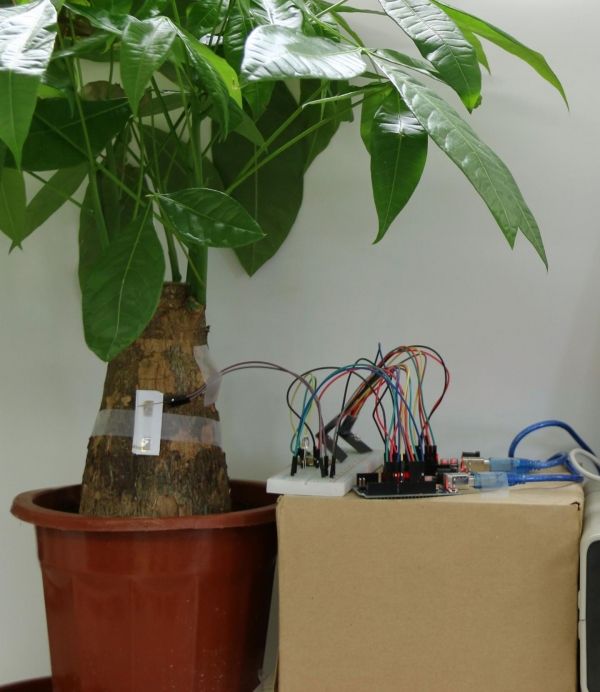Recent devastating fires in the Amazon rain forest and the Australian bush highlight the need to detect forest fires at early stages, before they blaze out of control. Current methods include infrared imaging satellites, remote sensing, watchtowers and aerial patrols, but by the time they sound the alarm, it could be too late. Now, researchers reporting in ACS Applied Materials & Interfaces have developed self-powered “paper chips” that sense early fires and relay a signal.
Previously, scientists have proposed placing a network of sensors in the forest that could detect changes in temperature, smoke or humidity and wirelessly transmit a signal to responders. However, such a system hasn’t yet seemed practical because all of the sensing components require power. Batteries would eventually go dead and need to be replaced. Thermoelectric materials, which convert temperature differences into electricity, could simultaneously detect temperature increases from fires and power themselves. However, most of these materials are solid inorganic semiconductors, which are often expensive, rigid and environmentally unfriendly. Yapei Wang and colleagues wanted to find out if ionic liquids could be used as thermoelectric materials for fire sensing. These fluids are salts in the liquid state, and two different types of ionic liquids can be connected in series to generate signals.
Read more at American Chemical Society
Image: A sensor (white strip) on a houseplant activates an alarm when fire is near. (Credit: Adapted from ACS Applied Materials & Interfaces 2020, DOI: 10.1021/acsami.0c04798)


